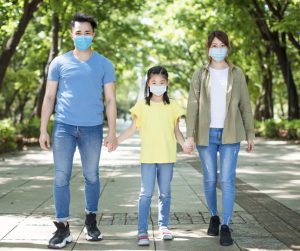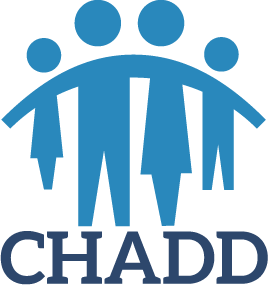 People who are very engaged in social media must use caution to ensure that they don’t place more value on their virtual friends, or how many or few they have, versus their in-person relationships. We can all get distracted by the online world, believing that things are happening without us (FOMO: Fear of Missing Out) or feeling pressure to respond to posts immediately. This focus means that we may well struggle with interpersonal conversations, especially about difficult subjects, in real time, face-to-face with true friends. I recommend to all my clients, especially those with ADHD who can struggle socially, that sending messages or ‘talking’ online, where you don’t often see another person’s reaction, can possibly make you misinterpret their intentions. In relationship, we have to learn through interpersonal communication and time spent together in the same space to read each other’s emotional weather report and respond appropriately. When people spend more time engaged with each other rather than their screens, they perceive and understand social nuances and learn how to deal with positive and negative feelings with empathy and consideration. This enriches relationships and deepens connections. Read more:
People who are very engaged in social media must use caution to ensure that they don’t place more value on their virtual friends, or how many or few they have, versus their in-person relationships. We can all get distracted by the online world, believing that things are happening without us (FOMO: Fear of Missing Out) or feeling pressure to respond to posts immediately. This focus means that we may well struggle with interpersonal conversations, especially about difficult subjects, in real time, face-to-face with true friends. I recommend to all my clients, especially those with ADHD who can struggle socially, that sending messages or ‘talking’ online, where you don’t often see another person’s reaction, can possibly make you misinterpret their intentions. In relationship, we have to learn through interpersonal communication and time spent together in the same space to read each other’s emotional weather report and respond appropriately. When people spend more time engaged with each other rather than their screens, they perceive and understand social nuances and learn how to deal with positive and negative feelings with empathy and consideration. This enriches relationships and deepens connections. Read more:
ADHD and Screen Sanity: Why a digital break is good for everybody right now






 During this pandemic, we all are experiencing heightened anxiety and there is so much we can’t control. What we eat is luckily something we can control now. Some foods are good for our physical, emotional well-being, and some are not.
During this pandemic, we all are experiencing heightened anxiety and there is so much we can’t control. What we eat is luckily something we can control now. Some foods are good for our physical, emotional well-being, and some are not.





